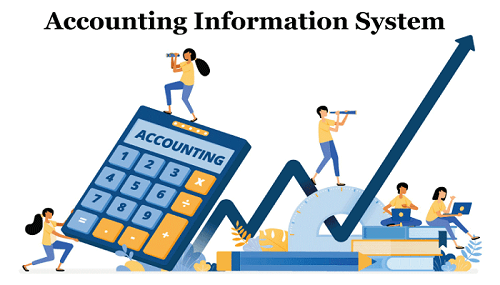Main content blocks
Section outline
-

Accounting information system device intended for third-year students in accounting and finance, by which the student learns accounting according to the entry systems through a set of important axes, namely: general notions of the system of accounting information through which the system; information system; accounting as an information system is identified; Cycles of operation of the economic enterprise; accounting and computer information system; risks to which the system is exposed accounting information; means of control and security.
Bloom's taxonomy for Accountancy Information System teaching:
1. Remembering: - Define the basic concepts and terminology related to accountancy information systems. - Recall key principles and guidelines for designing and implementing accountancy information systems. - Identify different types of accountancy information systems and their purposes.
2. Understanding: - Explain the importance of accountancy information systems in the context of business operations. - Describe how accountancy information systems support decision-making and enhance organizational efficiency. - Compare and contrast different accountancy information system architectures and technologies.
3. Applying: - Utilize accountancy information systems to process and analyze financial data. - Use accounting software and tools to generate reports and financial statements. - Evaluate the effectiveness of an accountancy information system in meeting organizational objectives.
4. Analyzing: - Assess the strengths and weaknesses of different accountancy information systems. - Identify potential risks and security threats to accountancy information systems. - Evaluate the impact of accountancy information systems on financial reporting and compliance.
5. Evaluating: - Critically review the design and implementation of an accountancy information system. - Judge the effectiveness of control measures and security mechanisms in place. - Recommend improvements and modifications to optimize the performance of an accountancy information system.
6. Creating: - Design a customized accountancy information system that meets the specific needs of a business or organization. - Develop a comprehensive plan for implementing and maintaining an accountancy information system. - Innovate and propose new solutions for integrating accountancy information systems with other business processes.
